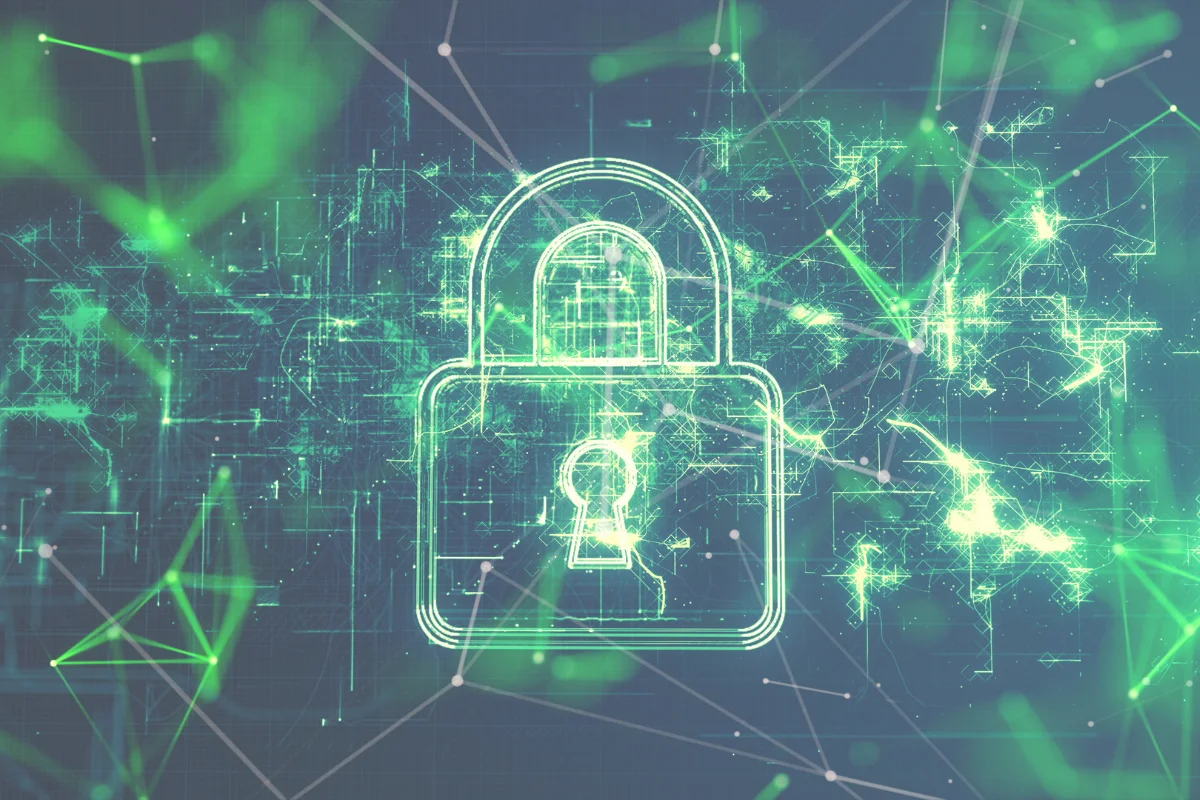There’s a growing need to ensure that cyber security measures are always one step ahead in protecting against a wide range of threats. While common threats like malware, phishing, and ransomware dominate headlines, there are also rare and lesser-known threats that can have severe implications if left unaddressed. In this blog post, we will look into some of these uncommon threats that cyber security can mitigate, shedding light on the importance of comprehensive protection in the digital landscape.
Advanced Persistent Threats (APTs)
- Characteristics of APTs
- Strategies for Mitigation
Characteristics of APTs
To understand Advanced Persistent Threats (APTs), it is important to recognize that these attacks are not random or opportunistic. APTs are highly targeted, sophisticated, and stealthy, with the goal of gaining unauthorized access to sensitive information over an extended period.
Strategies for Mitigation
Strategies for mitigating APTs involve a multi-layered approach that combines proactive defense measures with continuous monitoring and incident response capabilities. Organizations should focus on enhancing their security posture by implementing robust access controls, network segmentation, encryption, and regular security awareness training for employees.
Understanding the tactics, techniques, and procedures (TTPs) employed by threat actors behind APTs is crucial for developing effective mitigation strategies. By leveraging threat intelligence, behavioral analytics, and threat hunting techniques, organizations can proactively detect and neutralize APTs before they cause significant damage.
Zero-Day Exploits
Nature of Zero-Day Vulnerabilities
On any given day, cyber threats loom large, but zero-day vulnerabilities present a unique challenge. These exploits target security flaws that are unknown to the software vendor or developers, making them especially dangerous. Hackers can leverage these vulnerabilities to launch attacks before developers have a chance to patch the issue, putting organizations at risk of data breaches, system compromise, and financial loss.
Prevention and Response
ZeroDay exploits require a proactive approach to cybersecurity. Organizations must regularly update their software, employ advanced threat detection tools, and implement stringent access controls to mitigate the risks associated with zero-day vulnerabilities. In addition, establishing incident response plans and conducting cyber security training for all employees are crucial steps in preempting and effectively handling zero-day attacks.
State-Sponsored Cyber Security Attacks
Identification and Impact
On the front lines of cyber defense, identifying and understanding state-sponsored cyber threats are crucial. These attacks are often sophisticated and can have far-reaching impacts on governments, critical infrastructure, and even private businesses. The goal of these attacks is not just financial gain but also political espionage, disruption of services, and gaining strategic advantages over other countries.
Defense Mechanisms
For organizations and governments, defense mechanisms against state-sponsored cyber attacks must be multi-faceted. This includes robust network security measures, continuous monitoring and threat detection, as well as regular security audits and penetration testing to identify vulnerabilities. Additionally, fostering partnerships with other governments and information sharing on threats can enhance overall cyber defense strategies.
A proactive approach to cyber defense is critical in thwarting state-sponsored cyber attacks. This includes investing in cutting-edge technologies such as AI and machine learning for threat detection, encryption for safeguarding sensitive data, and establishing incident response plans to mitigate the impact of any successful attacks. Collaboration between public and private sectors is also necessary in building a united front against these sophisticated threats.
Insider Threats
Uncovering Hidden Risks
With insider threats posing a significant risk to organizations, it is crucial to uncover any hidden risks that may exist within the company. These threats can come from employees, contractors, or even business partners who have access to sensitive information and systems. By identifying potential vulnerabilities and monitoring for suspicious behavior, organizations can proactively protect themselves from insider threats.
Protective Measures and Monitoring
For safeguarding against insider threats, organizations need to implement protective measures and continuous monitoring. This includes restricting access to sensitive data on a need-to-know basis, implementing strong authentication mechanisms, and regularly auditing user activities. Employing technologies like data loss prevention (DLP) and user behavior analytics (UBA) can also help in detecting and mitigating insider threats.
It is imperative for organizations to have a comprehensive insider threat program in place, which includes clear policies, regular training for employees, and a response plan in case of a breach. By continuously evaluating and enhancing their security measures, organizations can better protect themselves from insider threats and mitigate the risks associated with them.
Supply Chain Cyber Attacks
Assessing the Vulnerabilities
Now more than ever, organizations are relying on complex supply chains to deliver products and services efficiently. However, this interconnectedness also brings about numerous vulnerabilities that cyber attackers can exploit. An in-depth assessment of these vulnerabilities is crucial to understanding where weaknesses may exist in the supply chain and how they can be addressed proactively.
Risk Management Strategies
Attacks on the supply chain can have devastating consequences for businesses, ranging from financial losses to reputational damage. It is necessary for organizations to implement robust risk management strategies to mitigate these threats effectively. By identifying potential risks, establishing clear protocols for response, and ensuring close collaboration with suppliers, companies can enhance their resilience to supply chain cyber attacks.
Plus, regular monitoring and assessment of the supply chain’s cybersecurity measures can help identify any new or evolving threats before they have a chance to impact the organization. Moreover, conducting regular cybersecurity training for employees can strengthen the overall security posture of the entire supply chain ecosystem.
Quantum Computing Threats
Future Risks to Cryptography
One of the most pressing concerns regarding quantum computing is its potential to break traditional encryption methods that safeguard sensitive data and communications. Current cryptographic protocols rely on the difficulty of certain mathematical problems for security, which could be easily solved by quantum computers using algorithms like Shor’s algorithm. This poses a significant threat to the confidentiality and integrity of data transmitted over the internet.
Preparing for Quantum Resistance
The advancement of quantum computing technology highlights the need for organizations to proactively prepare for the era of quantum resistance. This involves transitioning to quantum-safe cryptographic algorithms that can withstand attacks from powerful quantum computers. By investing in research and development of post-quantum cryptography, organizations can ensure that their systems and data remain secure in the face of future quantum threats.
Preparing for quantum resistance requires a strategic approach that includes evaluating current cryptographic systems, understanding the impact of quantum computing on security, and implementing measures to enhance resilience against quantum attacks. Organizations must stay informed about the latest developments in quantum computing and encryption standards to effectively mitigate the risks associated with quantum threats.
To wrap up
As a reminder, cyber security plays a crucial role in mitigating rare threats such as advanced persistent threats (APTs), zero-day attacks, and insider threats. By implementing robust security measures, organizations can effectively protect their sensitive data, intellectual property, and infrastructure from these sophisticated cyber threats. It is important for businesses to stay vigilant, regularly update their security protocols, and invest in advanced threat detection technologies to defend against these rare but potentially devastating cyber attacks. With the right strategies in place, organizations can significantly reduce their vulnerability to these emerging threats and maintain a strong defense against cyber adversaries.




